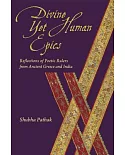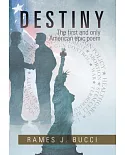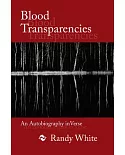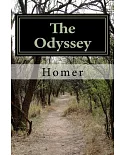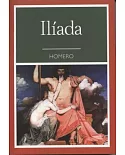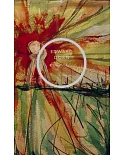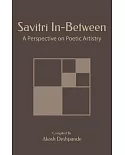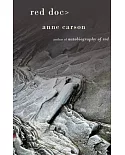Phil Williams is, like his good friend William Bartram, a totally unique talent. This elegant epic poem, like some miraculous archeological dig, keeps unfolding its treasure. It will take you
back to the Travels, and with its imaginative power it will take you back to the eighteenth-century American South, a fearful, and magnificently beautiful, place to walk. Begin with the
wonderful postscript. Coleman Barks author of Rumi: The Big Red Book (2010, HarperOne)
William Bartram's Travels, published in 1791, remains a seminal book for understanding the American South, its flora, fauna, and people. Now, poet and novelist Philip Lee Williams, who has
known Bartram's work almost since childhood, has written what will surely be acclaimed as one of the finest long poems ever to come out of the South.
The Flower Seeker is an epic poem that follows young William Bartram on his journey in the American South and during his old age in his father's gardens. It is truly a Southern Odyssey, using
techniques of fiction and poetry to get deeply inside one of the most remarkable men ever to strap on a pair of boots in America. Written in twenty-four cantos, the book digs deep into the mind
and heart of Bartram, who was also an acclaimed visual artist and naturalist.
The Flower Seeker begins with an unusual but regular stanzaic form but quickly changes as Bartram changes during his four-year journey around the South. The Flower Seeker is a dazzling
compendium of poetic devices and approaches. In it, Williams uses the Travels as the basis for an expanding and imaginary universe that describes Bartram's interior world as much as the one he
rode through. Long, complex, and yet immensely readable, The Flower Seeker packs an intellectual and emotional punch like few other long poems in the American tradition. It is surely destined
to become an enduring classic of Southern and even American literature.



